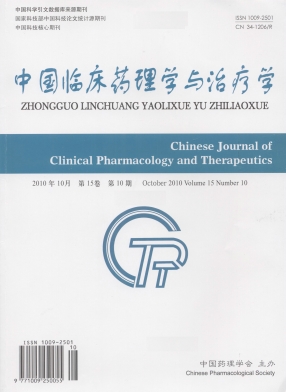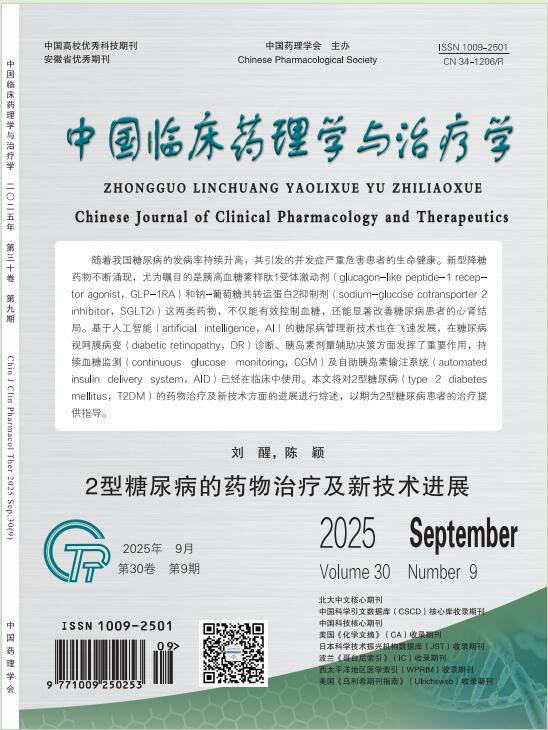Pharmacokinetics of single and multiple doses of Clofarabine for injection in patients with leukemia
QIAN Zhong-lian, ZHAO Li-bo, LU Jin, ZHU Bao-ying, XU Jia, WANG Qian, FANG Yi, HUANG Jing
2013, 18(5):
537-544.
 Asbtract
(
355 )
Asbtract
(
355 )
 PDF (850KB)
(
1222
)
References |
Related Articles |
Metrics
PDF (850KB)
(
1222
)
References |
Related Articles |
Metrics
AIM: To investigate the pharmacokinetics of Clofarabine for injection with a single and multiple dose administration in patients with acute leukemia.METHODS: 4 patients with acute leukemia received a single dose intravenous of 52 mg·m-2·d-1, and then they are repeatedly administrated with 52 mg·m-2·d-1 Clofarabine for 5 days.The concentrate of Clofarabine in plasma and urine were determined by HPLC-MS/MS.DAS pharmacokinetics software was used for data process and calculation of pharmacokinetic parameters.RESULTS: The main pharmacokinetic parameters of Clofarabine after single dose of 52 mg·m-2·d-1 Clofarabine for injection were as follows: Cmax(414±205) μg/L,tmax(3.0±1.4) h, t1/2z(4.4±2.0) h,AUC0-t(2475±659) μg·h·L-1, AUC0-∞(2566±606) μg·h·L-1, CLz(21.2±5.1) L·h-1·m-2, Vz(142±97) L/m, MRT0-t(6.3±2.2) h, Zeta(0.18±0.07) h-1, the 12 h cumulative urine excretion rate was (39.53±20.98)%, the main pharmacokinetic parameters of Clofarabine after 52 mg·m-2·d-1 for 5 days were as follows: Cmax(581±126) μg/L, tmax(2.0±0.8) h, t1/2z(6.4±3.1) h, AUC0-t(2451±349) μg·h·L-1, AUC0-∞(2603±409) μg·h·L-1, CLz(20.4±3.7) L·h-1·m-2, Vz(187±80) L/m, Zeta(0.13±0.05) h-1, MRT0-24 h(5.1±1.8) h, Css(102.14±14.53) μg/L,the accumulation coefficients R was (1.04±0.28), the fluctuation coefficients of plasma concentration DF was (576.26±226.89)%.CONCLUSION: No accumulation is detected when 52 mg·m-2·d-1 Clofarabine for injection has been administrated for 5 days, it was safe.


